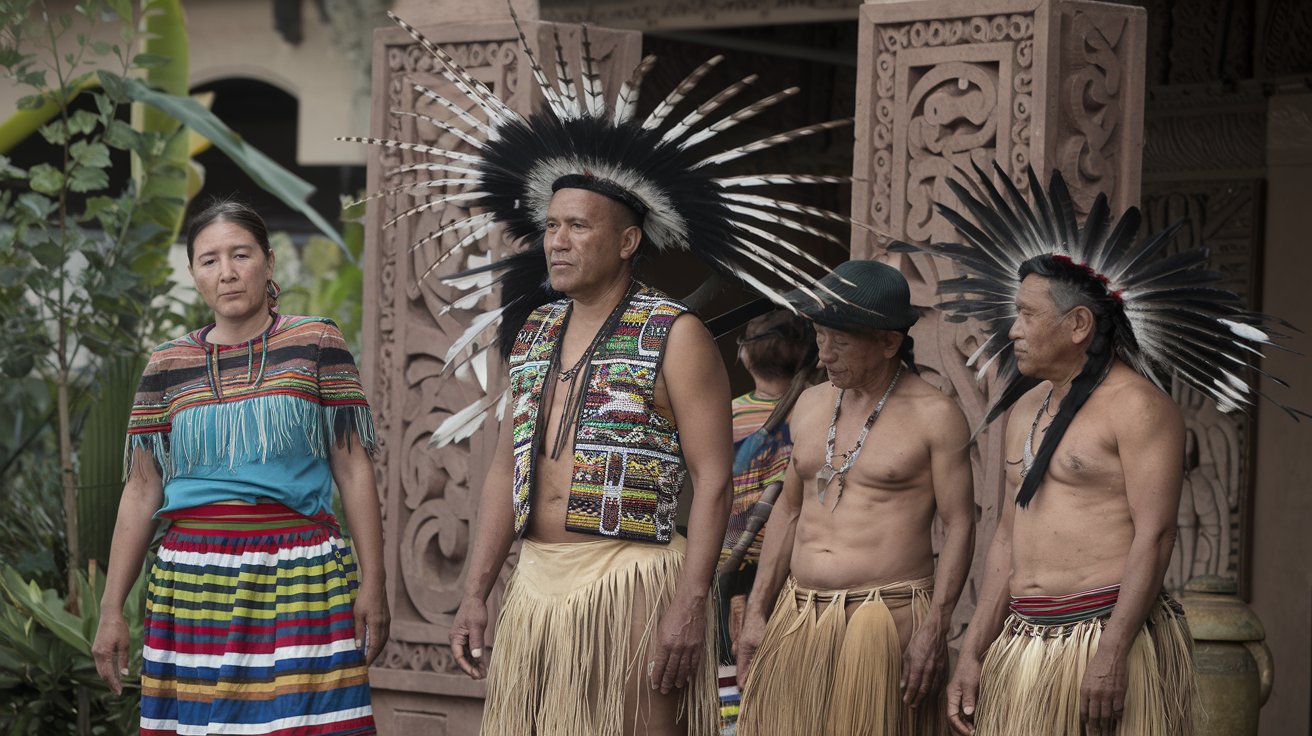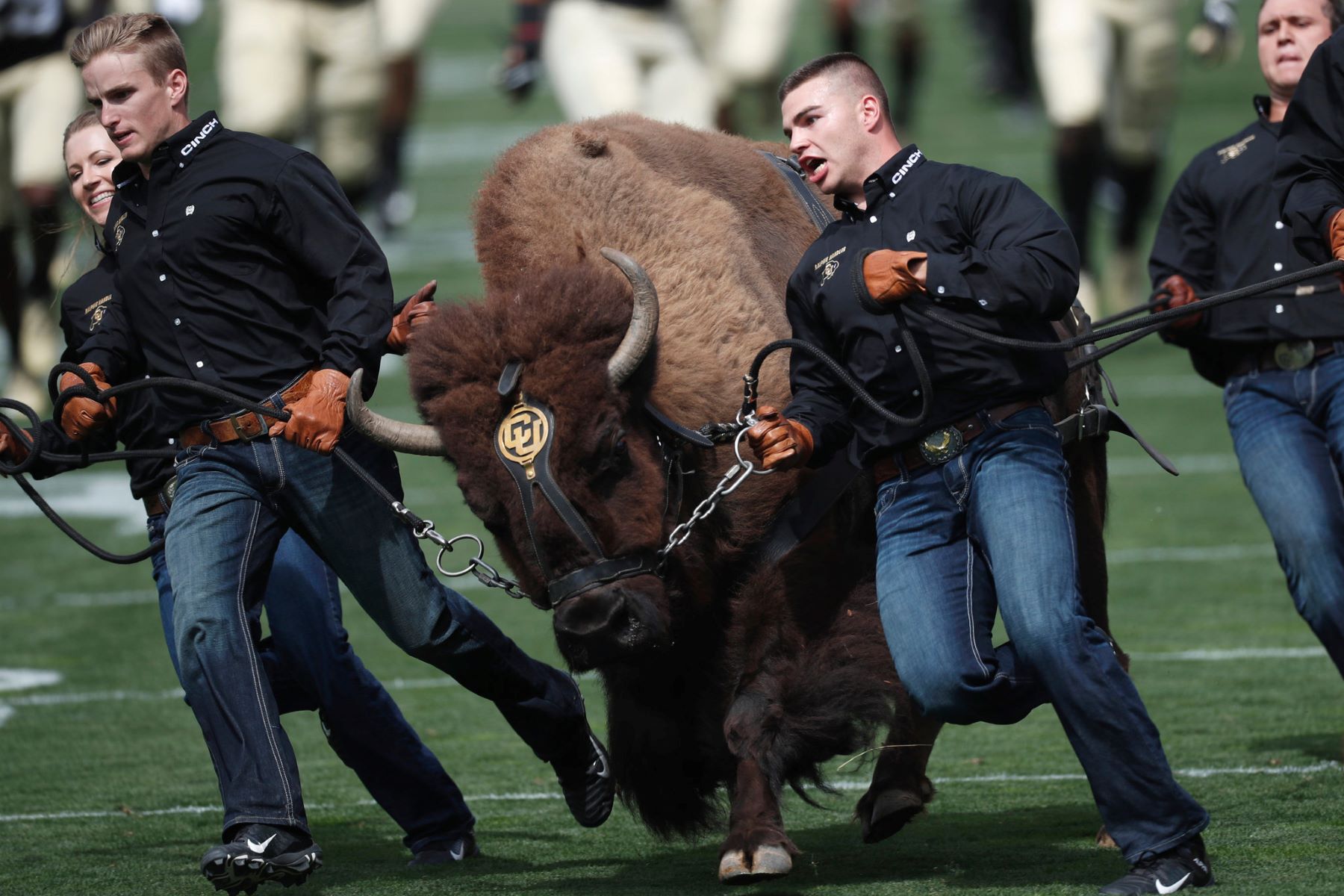
Who were the Tarascans? The Tarascans, also known as the Purépecha, were a powerful indigenous group in pre-Columbian Mexico. They thrived in the region now known as Michoacán. Unlike their neighbors, the Aztecs, the Tarascans never fell under Aztec rule. Their capital, Tzintzuntzan, was a bustling city with advanced architecture and metallurgy. They were skilled in crafting copper and bronze tools, which gave them a technological edge. The Tarascan language, Purépecha, is unique and unrelated to other Mesoamerican languages. Their society was highly organized, with a strong military and intricate trade networks. Today, their descendants continue to preserve their rich cultural heritage.
The Tarascan Empire: An Overview
The Tarascan Empire, also known as the Purépecha Empire, was a pre-Columbian civilization in western Mexico. It rivaled the Aztecs and had a rich culture and history. Let's dive into some intriguing facts about this fascinating empire.
- The Tarascan Empire was located in the present-day Mexican state of Michoacán.
- The Purépecha people were the dominant ethnic group within the empire.
- The capital city was Tzintzuntzan, which means "place of the hummingbirds."
- The empire was known for its skilled metalworkers, especially in copper and bronze.
- Unlike the Aztecs, the Tarascans did not practice human sacrifice on a large scale.
- The Tarascan language, Purépecha, is still spoken by around 120,000 people today.
- The Tarascans developed a unique writing system using pictographs and ideographs.
- They had a complex social structure with a ruling class, warriors, artisans, and farmers.
- The Tarascan Empire was one of the few Mesoamerican civilizations that successfully resisted Aztec conquest.
- The Tarascans built impressive terraced agricultural systems to maximize crop yields.
Tarascan Culture and Society
The Tarascan culture was rich and varied, with unique traditions, art, and social practices. Here are some key aspects of their society.
- The Tarascans worshipped a pantheon of gods, with Curicaueri, the fire god, being the most important.
- They celebrated numerous festivals and ceremonies, often involving music, dance, and feasting.
- Tarascan artisans were renowned for their pottery, which featured intricate designs and vibrant colors.
- The empire had a well-organized military, with specialized units such as archers and spearmen.
- Tarascan warriors wore distinctive armor made from padded cotton and adorned with feathers and animal skins.
- The Tarascans used a barter system for trade, exchanging goods like textiles, food, and metalwork.
- They built impressive stone structures, including temples, palaces, and administrative buildings.
- The Tarascan diet was based on maize, beans, squash, and fish from nearby lakes and rivers.
- Traditional Tarascan clothing included tunics, skirts, and cloaks made from cotton and decorated with intricate embroidery.
- The Tarascans had a rich oral tradition, with stories and legends passed down through generations.
The Fall of the Tarascan Empire
The arrival of the Spanish in the early 16th century marked the beginning of the end for the Tarascan Empire. Here are some key events leading to its downfall.
- The Spanish explorer Nuño de Guzmán led an expedition into Tarascan territory in 1529.
- The Tarascan ruler, Tangaxuan II, initially attempted to negotiate with the Spanish but was eventually captured and executed.
- The Spanish introduced new diseases, such as smallpox, which devastated the Tarascan population.
- The Spanish imposed their own political and religious systems, dismantling the existing Tarascan structures.
- Many Tarascan artisans and laborers were forced into encomiendas, a system of forced labor under Spanish rule.
- Despite the collapse of their empire, the Purépecha people continued to resist Spanish domination through various uprisings.
- The Tarascan language and cultural practices persisted, even under Spanish rule, and have survived to this day.
- The Spanish established the city of Pátzcuaro as the new administrative center, replacing Tzintzuntzan.
- The legacy of the Tarascan Empire can still be seen in the region's architecture, art, and cultural traditions.
Final Thoughts on Tarascan Culture
Tarascan culture is a treasure trove of fascinating facts. From their unique language, Purepecha, to their impressive metalworking skills, the Tarascans have left an indelible mark on history. Their capital, Tzintzuntzan, was a bustling hub of activity, showcasing their architectural prowess. The Tarascans' resistance against the Aztecs and later the Spanish highlights their resilience and strategic acumen. Their rich traditions, including intricate pottery and vibrant festivals, continue to captivate and inspire. Understanding these aspects not only enriches our knowledge of ancient civilizations but also underscores the importance of preserving cultural heritage. Dive deeper into Tarascan history, and you'll uncover even more intriguing details that paint a vivid picture of this remarkable civilization.
Was this page helpful?
Our commitment to delivering trustworthy and engaging content is at the heart of what we do. Each fact on our site is contributed by real users like you, bringing a wealth of diverse insights and information. To ensure the highest standards of accuracy and reliability, our dedicated editors meticulously review each submission. This process guarantees that the facts we share are not only fascinating but also credible. Trust in our commitment to quality and authenticity as you explore and learn with us.


